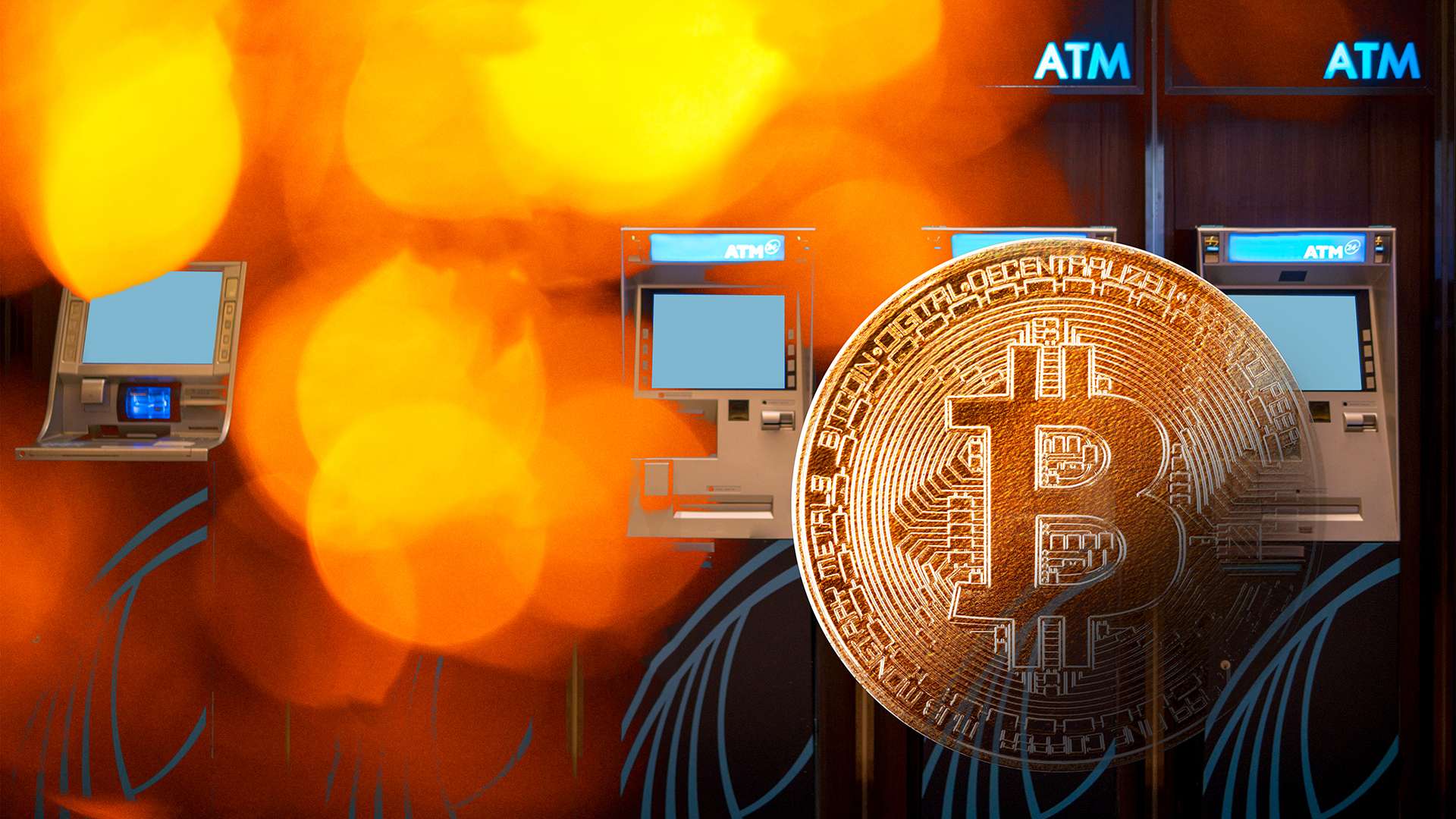Iowa State Bank
Updated 2:05 PM CDT, Fri May 30, 2025
Published Under: General

There's a new spin on scammers asking people to pay with Bitcoin. It involves an impersonator, a QR code, and a trip to a local Bitcoin ATM directing you to send your money to them through a Bitcoin ATM.
Scams that use Bitcoin ATMs work in a lot of different ways. They may start with a call or message about supposed suspicious activity or unauthorized charges on an account. Others get your attention with a fake security warning on your computer, often impersonating a company like Microsoft or Apple. Things like this are hard to ignore, and that’s the point. They might say all your money in your bank account or investment account is at risk.
Scammers claim that depositing cash into these machines will protect your money or fix the fake problem they’ve concocted. They direct you to go to your bank to take out cash. Next, they send you to a nearby Bitcoin ATM location. And yes, there are Bitcoin ATM’s located in Northwest Iowa. They will instruct you to deposit the cash you just took out of your bank account or investment account. They may text you a QR code to scan at the machine, and once you do, the cash you deposit goes right into the scammer’s wallet.
So how can you spot and avoid these scams?
- Never click on links or respond directly to unexpected calls, messages, or computer pop-ups. If you think it could be legit, contact the company or agency, but look up their number or website yourself. Don't use the one the caller or message gave you.
- Slow down. Scammers want to rush you, so stop and check it out. Before you do anything else, talk with someone you trust or visit with your bank.
- Never withdraw cash in response to an unexpected call or message. Only scammers will tell you to do that.
- Don’t believe anyone who says you need to use a Bitcoin ATM, buy gift cards, or move money to protect it or fix a problem. Real businesses and government agencies will never do that – and anyone who asks is a scammer.

